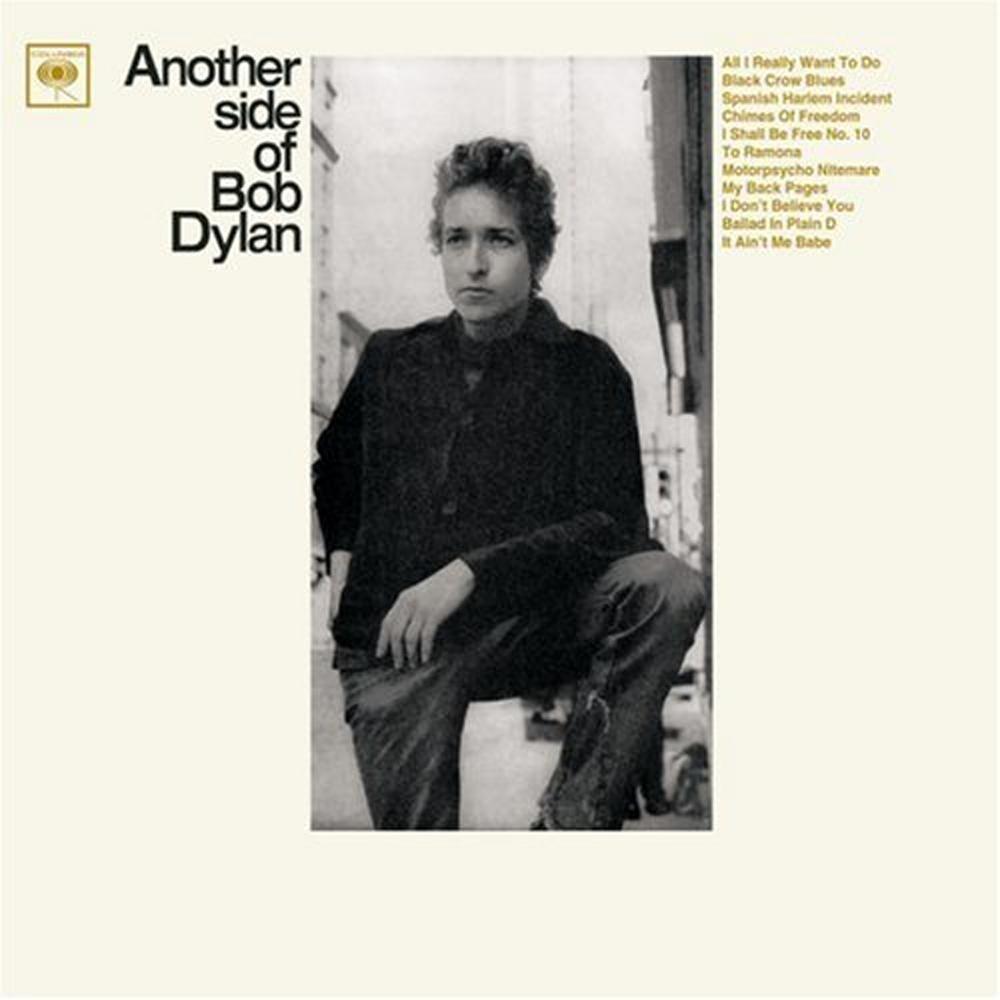Description
Heavy weighs the prophet's mantle. By 1964, after three revolutionary albums,Bob Dylan was chafing at the "voice of a generation" accolades that were piling up in his inbox. He was equally resistant to those, especially the folk purist crowd, who tried to constrain him to a particular role, admonishing him if he stepped outside of what they deemed the "correct" approach. Dylan came to see their rigid mindset as being just as restrictive as that of the "straight" society they sought to escape. He wanted to be free to follow his own muse without judgment or interruption and, most importantly, without having the role of "leader" thrust upon him. If you were looking for a new protest paragon to follow, well, it wasn't him, babe. Really, Dylan was beginning to include personal themes in his songs rather than solely chronicling broad, cause-based subjects. While that was still important to him, many saw any deviation from fighting social injustice as a betrayal. Thus, the cries of "sellout" were already looming as Dylan prepared to record his fourth album, Another Side of Bob Dylan. Entering Columbia Studios in New York on August 8, 1964, Dylan completed the album in one marathon session that extended into the early hours of August 9th. The finished album was particularly long by '60s standards, clocking in at over fifty minutes (just as The Freewheelin' Bob Dylan LP had done the previous year). Besides his guitar and harmonica, Dylan accompanied himself on piano on one song, "Black Crow Blues." Produced by Tom Wilson, it was his last acoustic-only release. Album opener "All I Really Want to Do" is one of several songs that dealt with personal matters. Having recently ended his long-standing relationship with girlfriend Suze Rotolo, many saw it, as well as other selections on the album, as an allusion to the breakup. While the purists may have called foul, the song was enthusiastically embraced by pop audiences via cover versions by The Byrds and Cher. "Ballad in Plain D" is much more direct and detailed essay on the disintegration of his relationship with Rotolo, running over eight minutes in length. And was "It Ain't Me, Babe" a message to Rotolo or a thinly veiled kiss-off to the "Judas" shouters? Only Bob knew and, in his ever-inscrutable way, he wasn't sayin'. The album does contain one clarion call for the faithful. "Chimes of Freedom," at 7:10, is a masterpiece of imagery and subtext. Free flowing and uplifting, it is purposely vague, allowing listeners to interpret its meaning for themselves. Consequently, it has been adopted as an anthem for many causes and covered by a plethora of artists. On the subject of freedom, Dylan declared his personal emancipation on "My Back Pages." Reconsidering his earlier, more strident approach, he concluded that he had become his own "enemy in the instant that (he) preach(ed)." It was a bold rejection of the self-satisfied protest mindset and a harbinger of his music to come. Not surprisingly, it deepened the divide between his earlier fans and his growing mainstream audience. No matter, for Dylan was now firmly on course and nothing could make him turn back. Thus, Another Side of Bob Dylan catches him on the precipice, about to set the music world on its ear. Again. Sundazed is proud to present this seminal album in its rare mono form. It has been sourced directly from the original Columbia analog mono masters to provide a superior listening experience.

